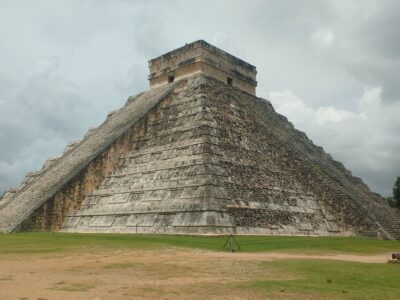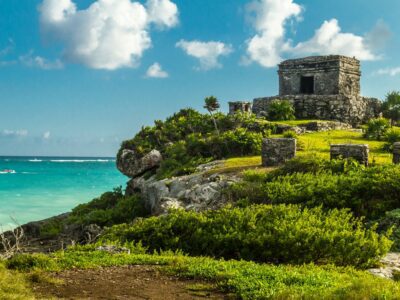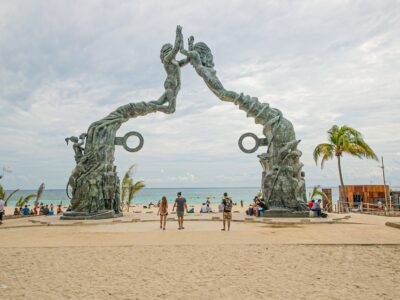Official figures reveal that, in recent months, visits of national tourists to archaeological sites in Mexico have shown a significant decrease.
According to the National Institute of Anthropology and History (INAH), between January and September 2024, 4.4 million national visits to these sites were recorded, a decrease of 58.6% compared to 2019, when 10 million visitors were reached.
Furthermore, this drop in tourism is attributed to the effects of the pandemic and the lack of promotional campaigns focused on national tourism.
Likewise, in Yucatán, tourism to archaeological zones also decreased, with a reduction of 5.38% compared to 2023.
During the first 10 months of 2024, the 13 archaeological zones open to the public in Yucatán received 2,306,115 visitors, with Chichén Itzá standing out as the most visited.
Some archaeological zones in Yucatán remain closed, which has also impacted tourist influx. Among them is Dzibilchaltún, closed for improvements under the Archaeological Zones Improvement Program; Mayapán, closed due to conflicts with local Ejidatarios (land owners); and the Loltún and Balamcanché caves: closed since 2020 due to climatic and conservation conditions.
Likewise, within the framework of the Mayan Train project, INAH continues its efforts to rescue and preserve important archaeological sites, as well as the creation of a “Digital Vault” to facilitate research and protection of Mayan heritage.
Ultimately, the goal is to extend heritage preservation to other future projects.
TYT Newsroom
The post National tourism decreases at most archaeological sites in Mexico first appeared on The Yucatan Times.














